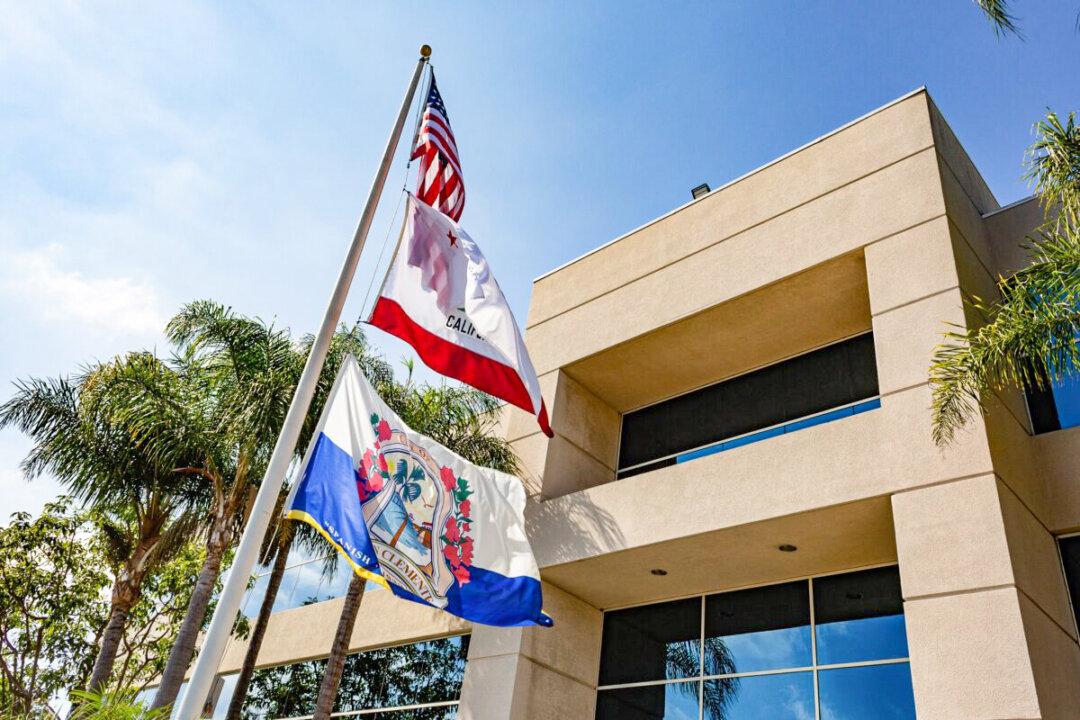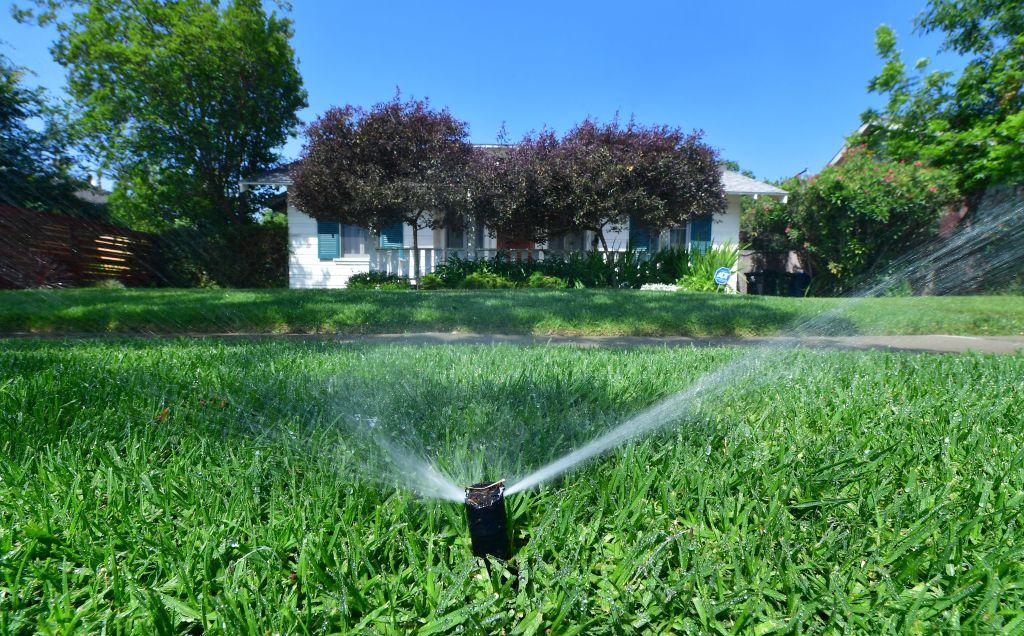LAGUNA BEACH, Calif.—In an attempt to preserve the local environment, a grassroots political action committee created an initiative measure that would require voter approval for large-scale developments.
“The ‘Don’t mess with Laguna’ attitude is a pretty common theme amongst a lot of people here,” David Raber, principal officer for Laguna Residents First (LRF), told The Epoch Times.





